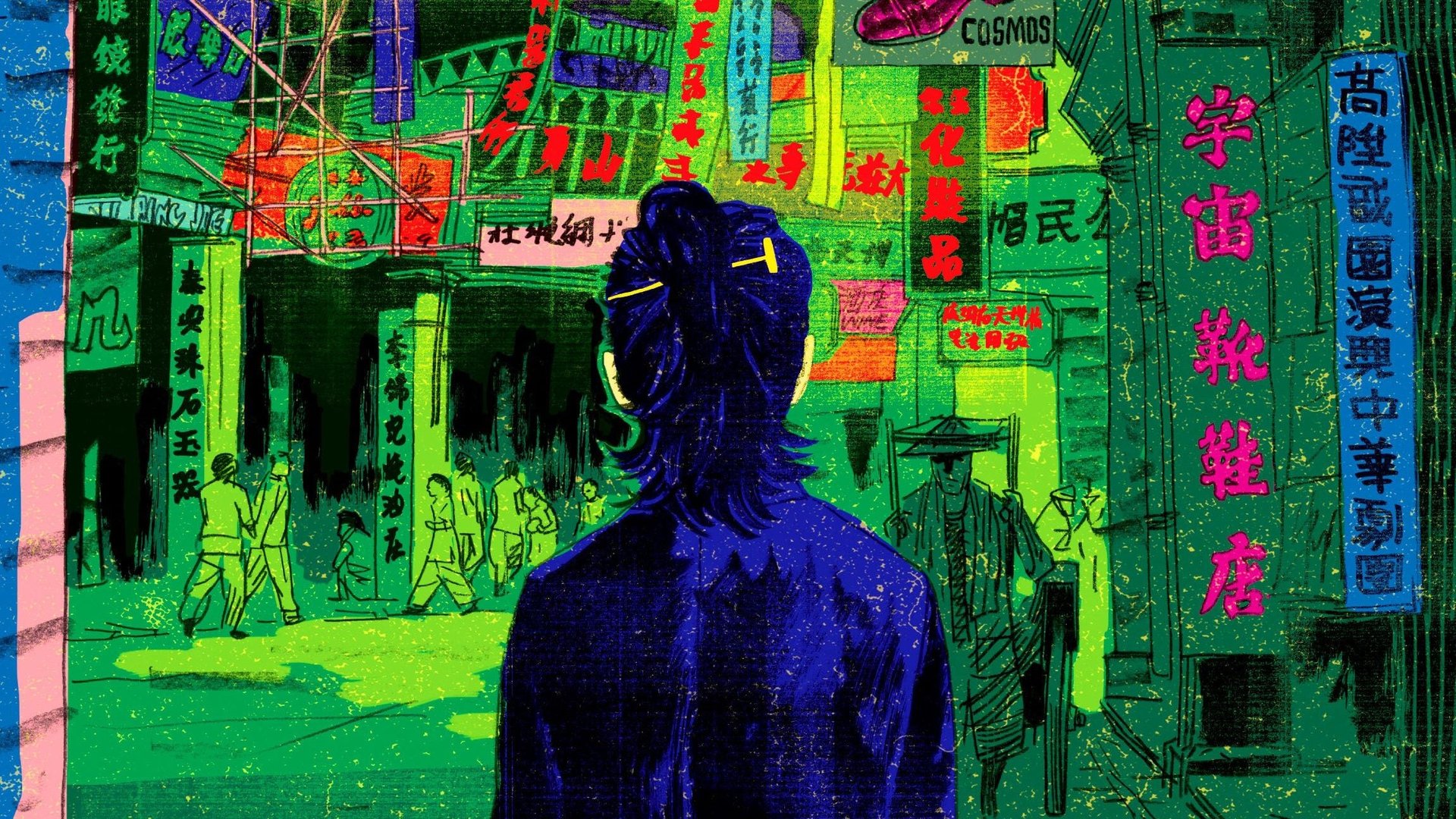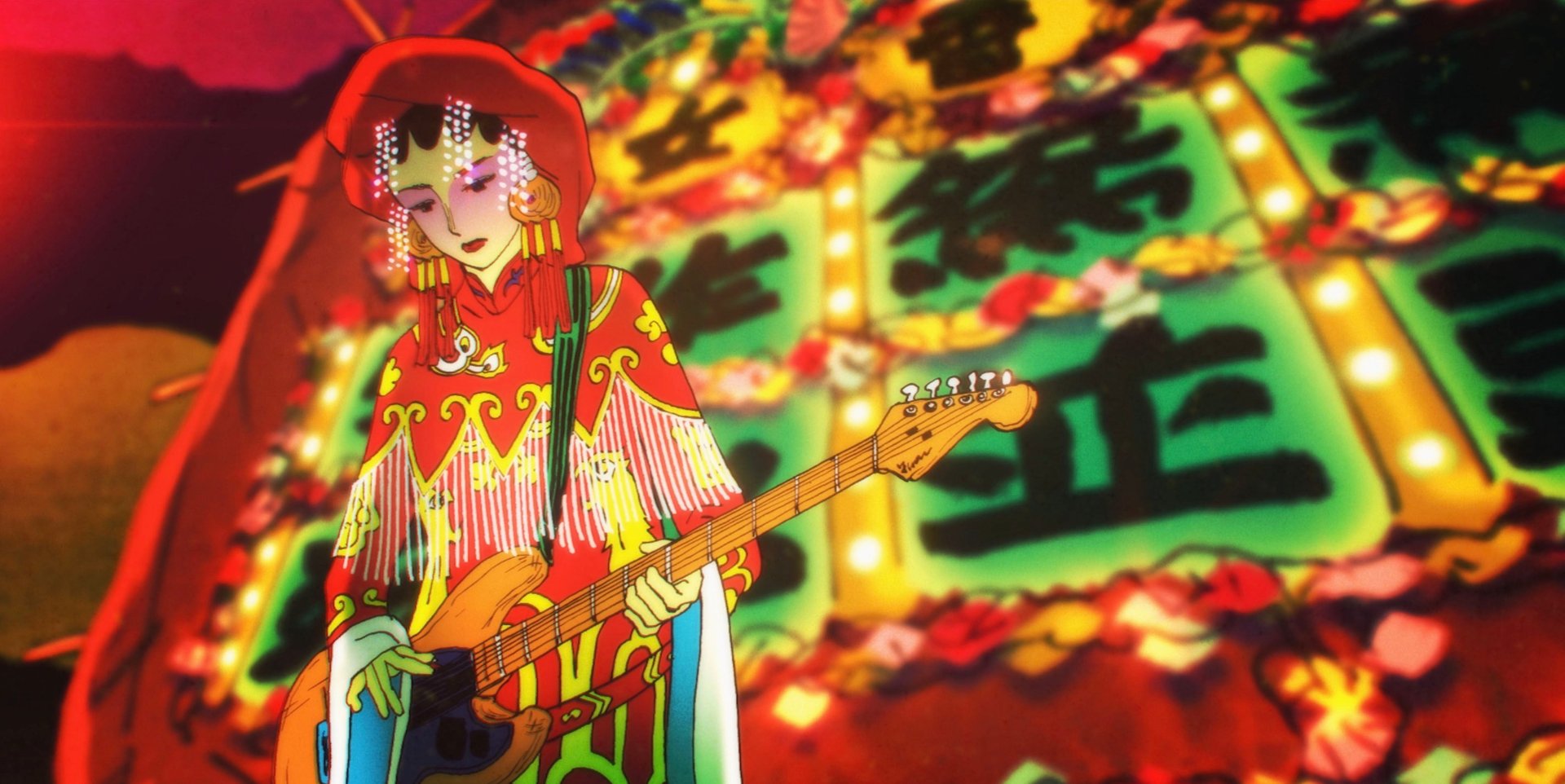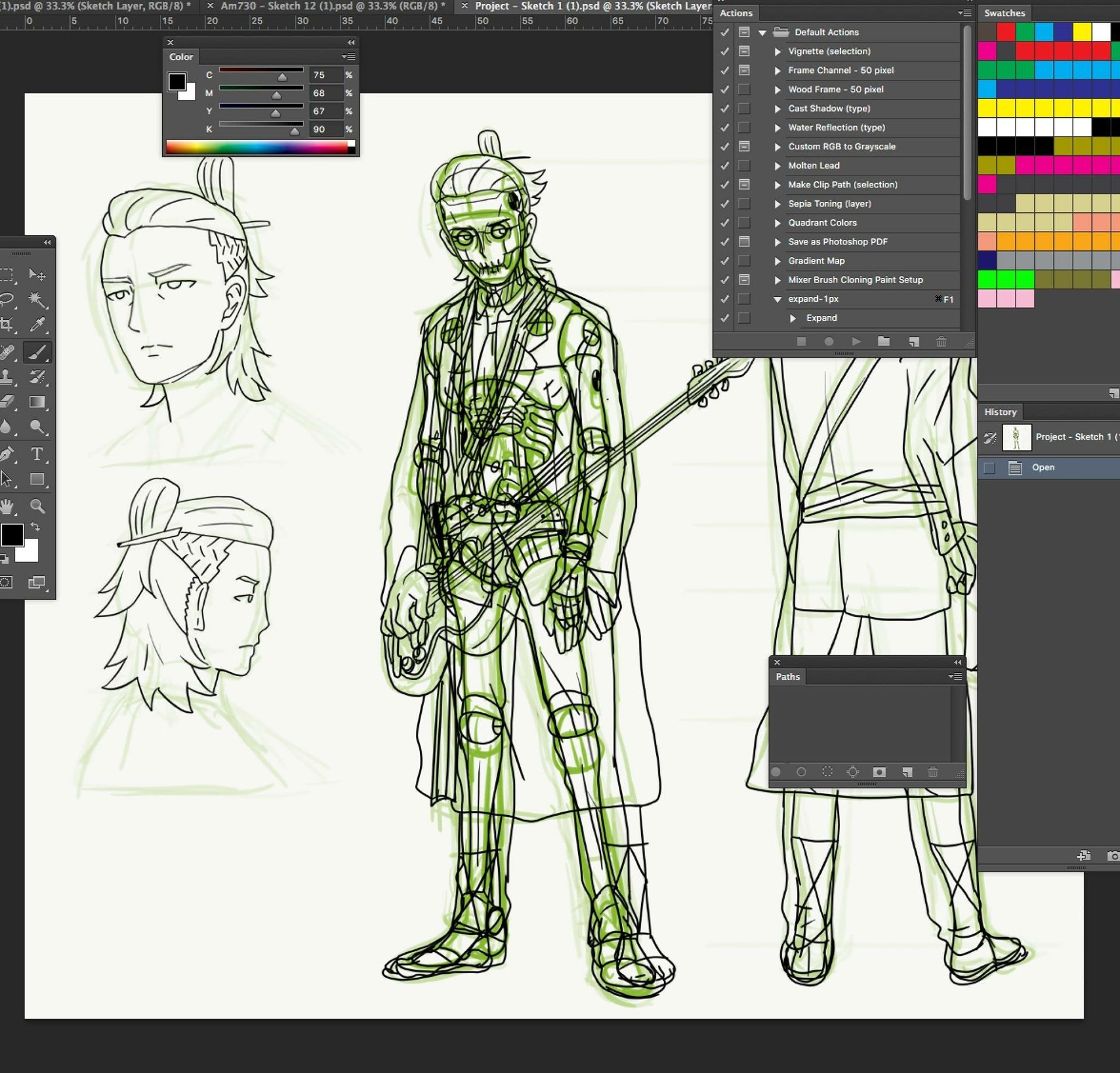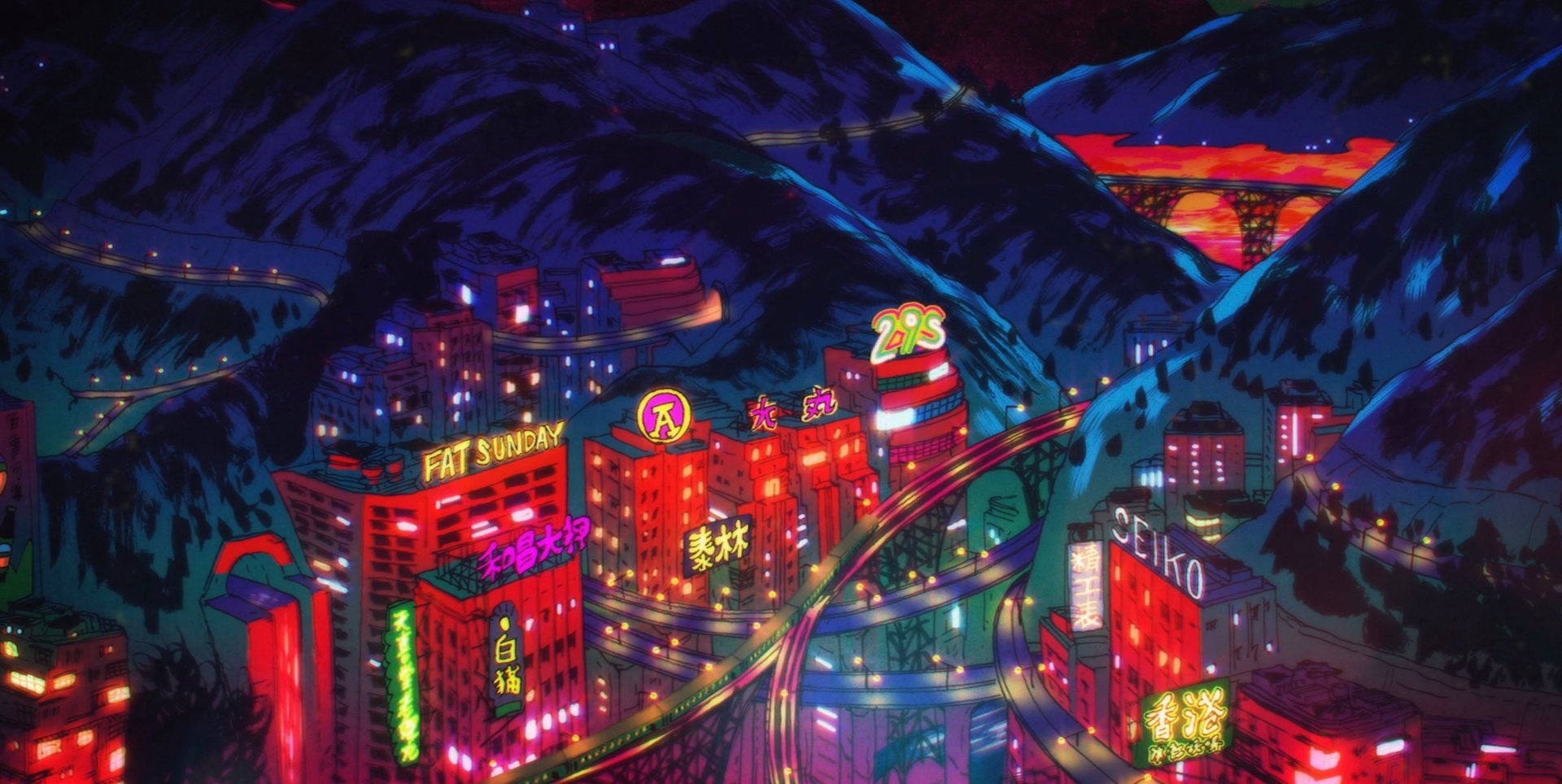Hong Kong’s youth revolution inspired a movie about a rebel robot fighting an immortal elite
Take two 2,000-year-old figures from ancient Chinese history. Rewrite their story against a psychedelic backdrop inspired by 1960s Hong Kong. And throw in robots. What do you get? According to comic artist Kong Khong-chang, better known as Kongkee, a perfect lens into the problems of Hong Kong—and of many other modern metropolises.


Take two 2,000-year-old figures from ancient Chinese history. Rewrite their story against a psychedelic backdrop inspired by 1960s Hong Kong. And throw in robots. What do you get? According to comic artist Kong Khong-chang, better known as Kongkee, a perfect lens into the problems of Hong Kong—and of many other modern metropolises.
“After Umbrella Movement and all the political turmoil, I’ve come to realize that problems facing Hong Kong are very similar to those facing many first-world cities,” said the 40-year-old artist, who’s the animator behind Dragon’s Delusion, a sci-fi film that he’s producing with the help of crowdfunding. The 2014 movement, also known as Occupy, saw young Hong Kongers protest for 71 days over the right to choose their own leaders—the city experiences one of the most absurdly indirect “elections” in the world.
In a nutshell, Hong Kong is being fought over by two groups: a ruling class that wants to maintain the status quo and its control over the city’s affairs and young people who rebel against an old system no longer serves their best interests. While other cities may not have it as extreme as Hong Kong, where, it’s a problem that in some form many cities are struggling with, he says: “Young people are excluded from political decision-making. The dominance of capitalism and neoliberalism have led to a certain kind of authoritarian state. Hong Kong is a reflection of these problems in the most concentrated form, and I want to explain that in a film.”

But instead of telling a straightforward story, Kongkee decided to bring together two famous historical characters in a fictional alternative future.
More than 2,000 years ago, Emperor Qin, China’s first emperor, ended the Warring States period by unifying the country for the first time. He is remembered for beginning the building the Great Wall, his quest for immortality—he once sent 3,000 young boys and girls on an expedition to the East Sea to find the elixir of eternal life—and for leaving behind a mausoleum filled with a terracotta army to help him rule in the afterlife.
In reality, Emperor Qin failed to live forever and died in 210 BC at the age of 49, a mere 11 years into his rule. But in Kongkee’s fictional tale, the dictator has succeeded in becoming immortal, and created a futuristic world that is home to humans, robots and hybrids. Rather than being remembered as a cruel, power-obsessed ruler, Emperor Qin earned people’s support for his plans, believing that he has created a better world for the mankind.
But one of them, a robot living in a port city in this futuristic society, begins to question the reality. The robot is in fact the vessel of the reincarnated soul of Qu Yuan, a patriotic poet from the Warring States period who is now remembered every year at the Dragon Boat Festival. Originally an official serving the State of Chu, Qu was expelled from court after opposing his king’s decision to go into war with other states including Qin, which eventually conquered the Chu state. Agonized by fate of his country, Qu killed himself in 278 BC. But the soul of Qu contained in the robot has been awakened and it now wants to find the truth about who the soul belonged to, as well as about Emperor Qin’s plans.

For Kongkee, the clash between two characters that have completely opposite takes on how to value life facing-off in a transient port city resembling 1960s Hong Kong parallels the encounter between the old elite and the rebellious young in his city.
“Emperor Qin wanted to live forever, placing the longevity of his life and his dictatorship above everything else. Qu, on the other hand, chose to end his life because he valued the wellbeing of his countrymen much more than that of his own,” said Kongkee.
“Hong Kong has long been a port city. People came and left, and the upward social mobility used to be very high, which was one of the greatest values of Hong Kong. No one took ownership of anything, until recently,” he said, referring to the Umbrella Movement, which was an attempt by young people to claim more ownership in the affairs of the city.
The futuristic world where Qu’s soul wages a war against the dictator is anything but peaceful and hopeful. The Hong Kong landmarks featured in the film are highly recognizable, but they are coated with sharp and contrasting colors that are eerie and disturbing.

Kongkee said the choice of colors was inspired by his 2015 work Travel to Hong Kong with Blur, a comic book he created for the British band coinciding with their release of album The Magic Whip, which was recorded in Hong Kong.
He said it was the first time he drew Hong Kong as a character in a comic book. In Dragon’s Delusion, he took a step further by using even more intense and disturbing tones of colors to create a world of death—the colors often seen among the paper offerings for the dead at Chinese funerals.
Dragon’s Delusion is still in production but a short clip, Departure, is viewable on YouTube, and received an award from Japan’s TBS channel last year.
Kongkee is financing the production through crowdfunding on Kickstarter, sales of his original drawings from the animation and trying to get smaller companies involved in various parts of the animated film’s production chain. The goal is to raise a total of HK$8 million (US$1.02 million) but as of now Kongkee and his team only has enough resources to produce 10 out of the intended length of 80 minutes. But that is not going to stop Kongkee from completing the project.
“At the end of the day, the value of life is not about how long you live. It is about how you make the most of your time on earth and make things happen,” Kongkee said.